Nichia wins Federal Appeals Court ruling against Everlight
Nichia, whose claims go back to 2013, won in district court against Everlight, but an appeal was filed which led to the Appeal Court decision in favor of Nichia on three patents. Everlight’s XI3030, 3535 and a number of other Everlight LED products are part of the ruling. While the court denied Everlight’s assertions concerning the Nichia patent’s validity, and Nichia’s request for a permanent injunction, the parties were ordered to meet to discuss any potential monetary damages, which led to the Everlight appeal request. We would expect both companies will meet and sign a license agreement to satisfy the courts.
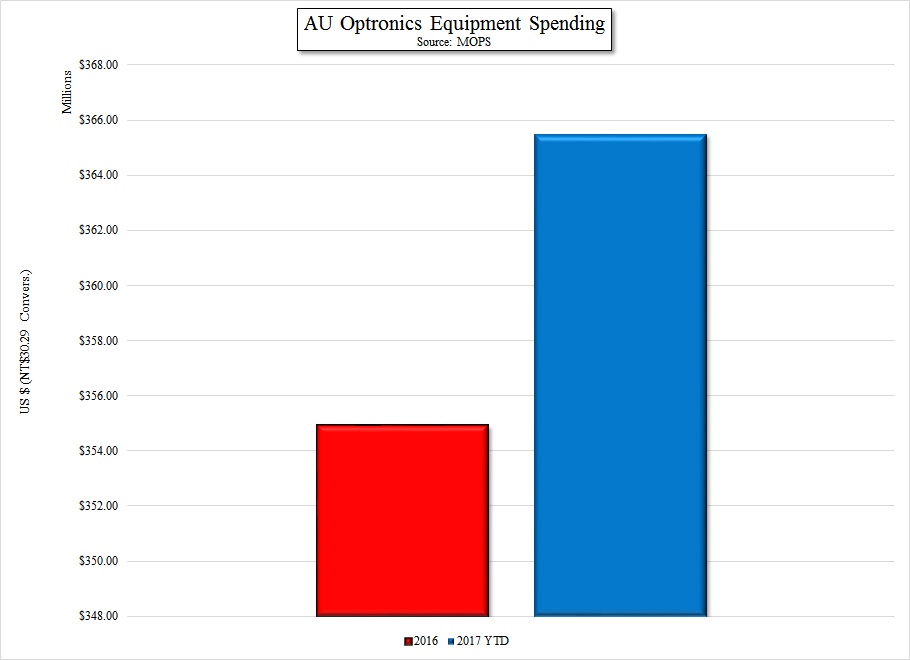
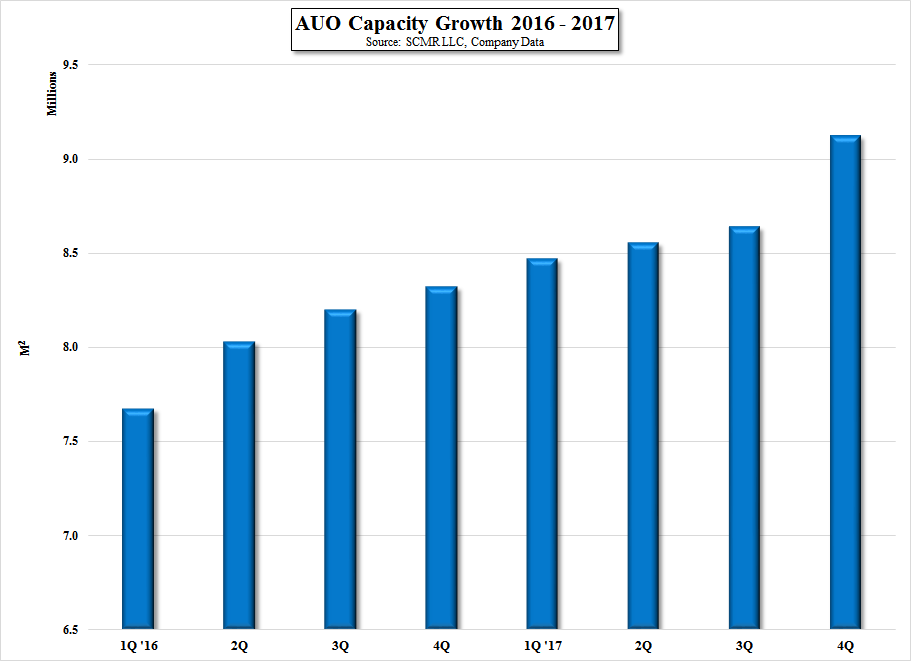
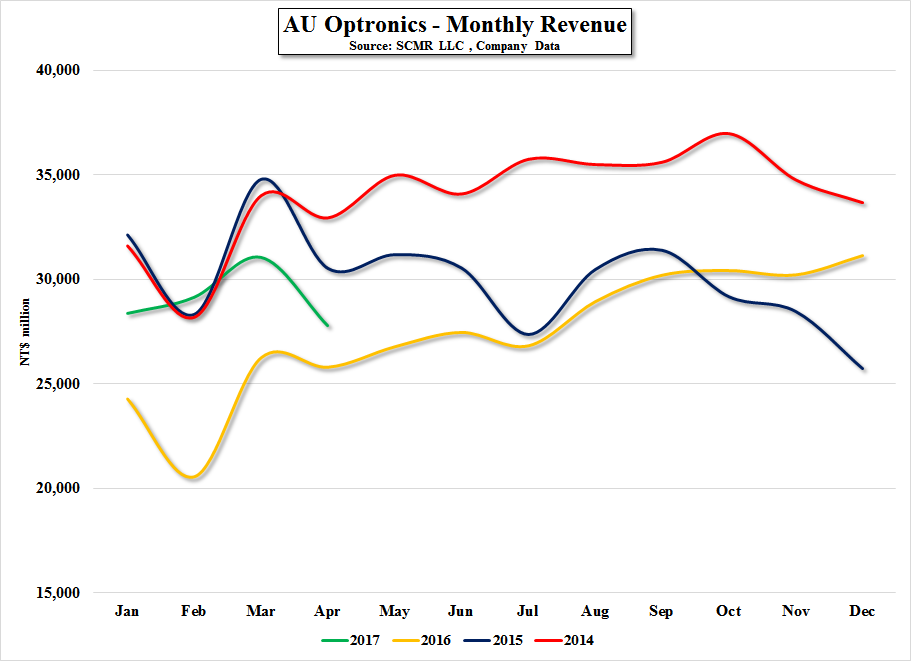
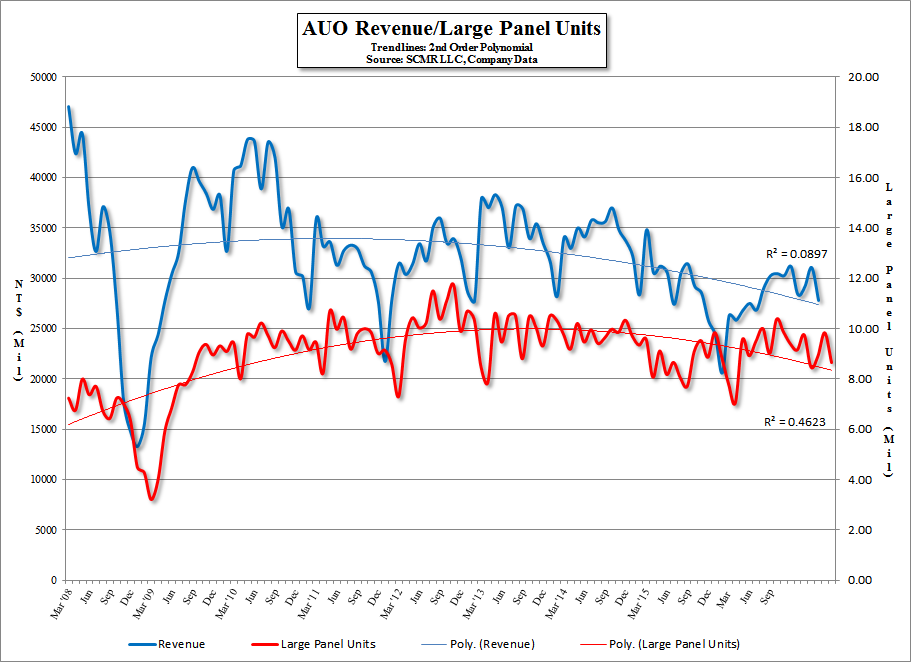
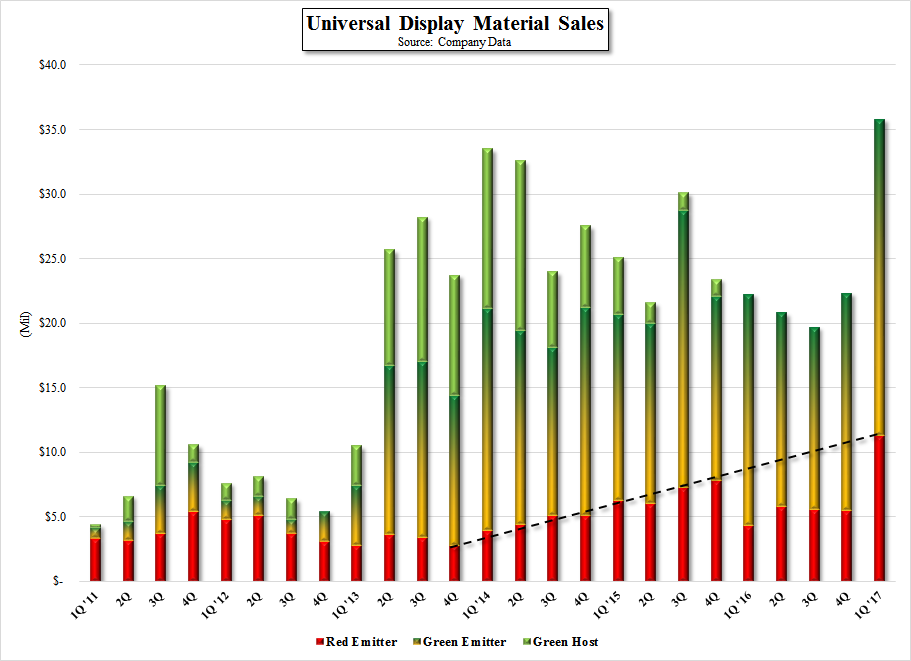
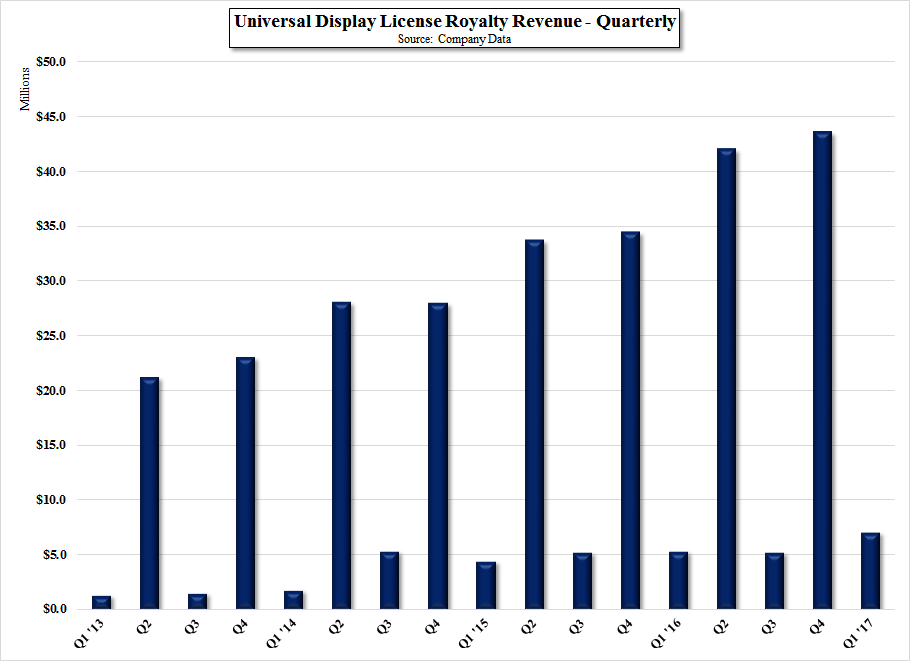
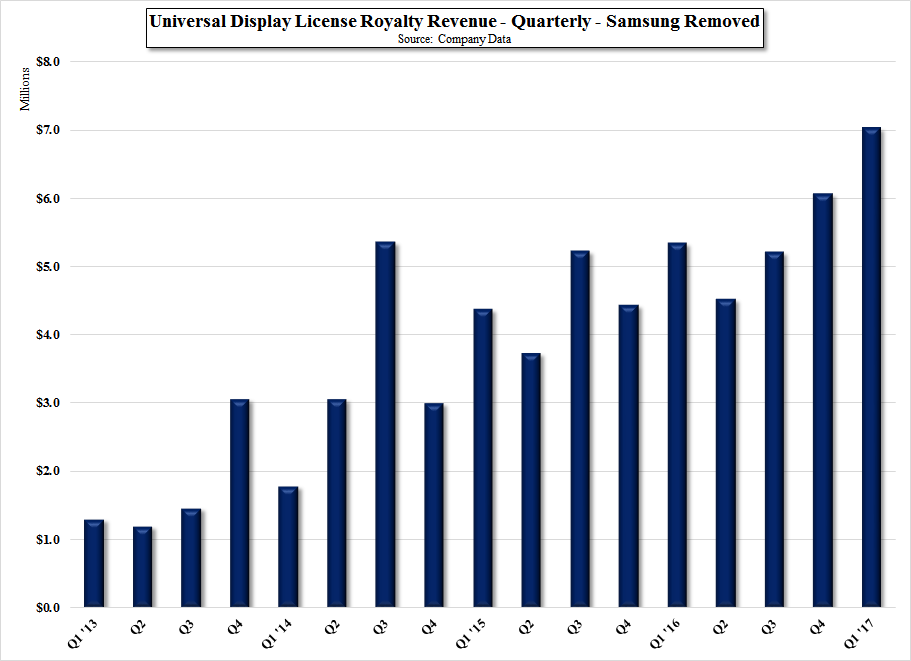
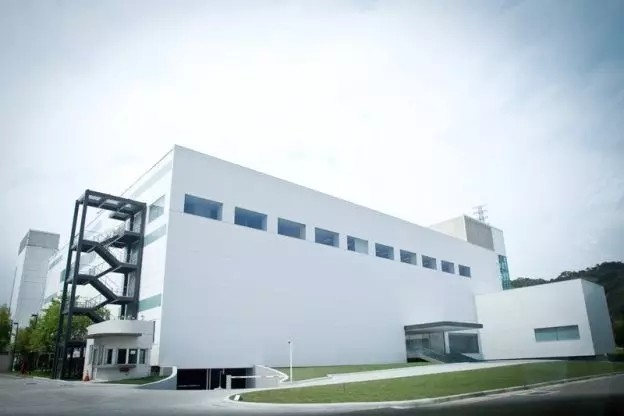
 RSS Feed
RSS Feed